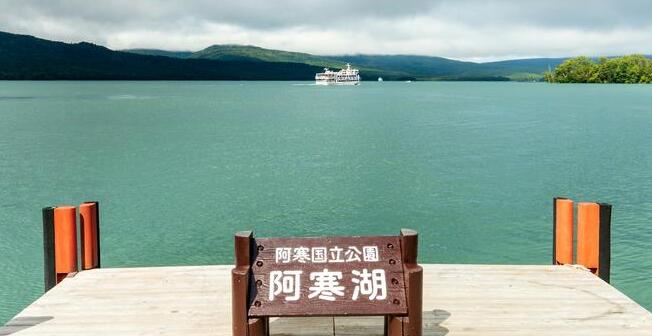Marimo moss balls, also known as koke balls "マリモ" in Japan, are more than just charming aquatic plants; they are steeped in legend and cultural significance. Let's delve into the fascinating world of Marimo moss balls, exploring their origin, cultural significance, and the story behind their home in Lake Akan.
Marimo's homeland is Lake Akan in Japan
Lake Akan, located in Akan-cho, Kushiro City, Hokkaido, is part of the Akan National Park. It is a caldera lake formed by the eruption of Mount Oakan. The lake has a rhomboidal shape and is surrounded by the peaks of Mount Oakan and Mount Meakan. Known for its clear waters and picturesque scenery, Lake Akan is famous for its hot springs and abundant growth of marimo algae. The lake freezes over completely for four months of the year, from December to April, and visitors can take boat tours to the marimo exhibition and observation center once the ice starts to break in mid-April.

Come to Lake Akan and Search Wild Marimo with us:
Cultural Significance
In Japan, Marimo moss balls are considered a symbol of everlasting love and friendship. They are often given as gifts to friends and loved ones, especially during times of celebration or as tokens of gratitude. Marimo moss balls are also believed to bring good fortune and prosperity to households, making them popular additions to home aquariums and decorative displays.
The Story of Lake Akan
Lake Akan, located in the Akan National Park in Hokkaido, Japan, is renowned as the largest and most famous habitat of Marimo moss balls. This pristine lake is surrounded by lush forests and snow-capped mountains, providing the perfect environment for Marimo to thrive. Visitors to Lake Akan can take boat tours to see these unique algae up close and learn about their conservation efforts.
Threats and Conservation
Despite their cultural significance and ecological importance, Marimo moss balls face threats from habitat destruction and invasive species. In recent years, introduced species such as zebra mussels have invaded Lake Akan, posing a threat to the native Marimo population. Conservation efforts are underway to protect Lake Akan and its precious Marimo moss balls, including habitat restoration and invasive species control measures.

Declaration
Moss Artistry is an environmentally friendly company. Our love for moss products extends to the admiration for the incredibly long-lived Marimo Moss Balls.
Marimo cultivation involves specialized breeding and propagation in Marimo farms, rather than relying on natural occurrences.
Cultivated Marimo is indeed genuine Marimo algae!
It's akin to cultivating succulents in a greenhouse, and it's actually easier to adapt to new environments and better to nurture than natural Marimo. Natural Marimo is protected by the Japanese government and cannot be harvested or sold.

